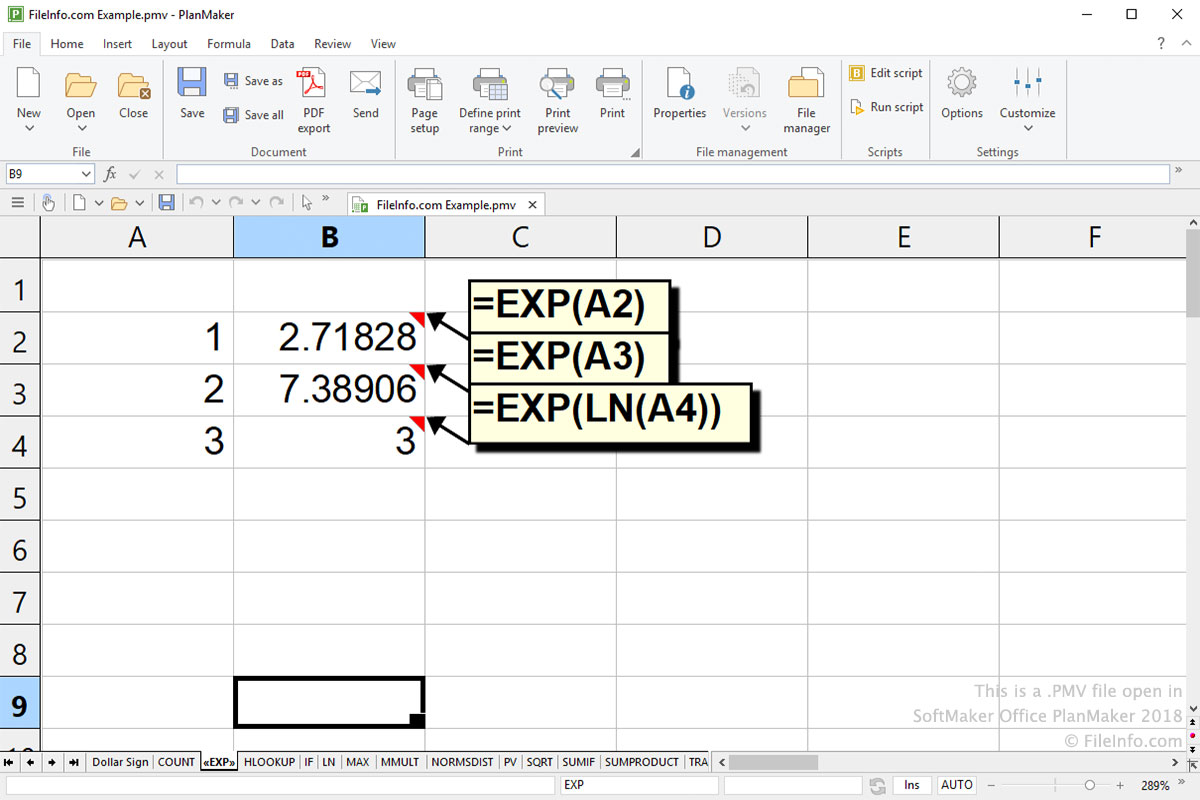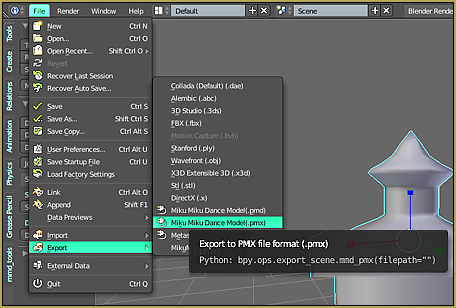Allows you to run Apex Static Analysis directly in vscode on apex & VisualForce files.
Features
Current actions Supported
- Run analysis on file open
- Run analysis on file save
- Run analysis on file change (new!)
- Run analysis on entire workspace
- Run analysis on single file
- Ability to define your own ruleset
PMD provides health care teams with powerful, intuitive mobile software that improves patient care. Thanks to our HIPAA-compliant, mobile communication and data capture platform, health care teams finally have an elegant and simple technology to capture everything right at the point of care and communicate quickly and easily with both colleagues and patients. More efficiency, better. PMD is a source code analyzer. It finds common programming flaws like unused variables, empty catch blocks, unnecessary object creation, and so forth. It supports Java, JavaScript, XML, XSL. Instructions: 1. When PMD Viewer is not running, open Windows Explorer and navigate to the file at C: Documents and Settings Application Data Spentech PMD Viewer UserConfig.ini Open the file with Notepad. Scroll to the end of the file and start a new line. Copy and paste (or type directly) the text below to the end of. It also happens that the file extension is associated with a number of different file formats. This is the case with the.PMD file, which is associated with the 4 file types. The most common file format with the extension.PMD belongs to the 'Layout Files' category. The manufacturer of the file is Adobe Systems.

System Requirements
- Must have JRE >= 1.7 installed and in path
- See PMD System Requirements for more details
Configuration
rulesets(optional): set to override default ruleset (see 'Defining your own ruleset' for more details)runOnFileOpen: run every time a file is opened in vscoderunOnFileSave: run every time a file is savedrunOnFileChange: Run when a file is changed. NOTE: this is 'debounced' to prevent performance issues. Delay can be adjusted viaonFileChangeDebounce.priorityErrorThreshold: Determines at what priority level 'errors' will be added. Anything less will be a warning or hintpriorityWarnThreshold: Determines at what priority level 'warnings' will be added. Anything less will be a hintenableCache: Creates a cache file for PMD to run faster. Will create a .pmdCache file in your workspacepmdBinPath(prev.pmdPath) (optional): set to override the default pmd binaries. This should point to the PMD folder which contains folderslibandbin. Most likely it is calledlibexec.additionalClassPaths(optional): set of paths to be appended to classpath. Used to find jar files containing custom rule definitions. Can be absolute or relative to workspace.commandBufferSizeSize of buffer used to collect PMD command output (MB), may need to be increased for very large projects
Defining your own 'Ruleset'
I recommend you use the default ruleset as a starting point.
Set apexPMD.rulesets string array to reference your custom rulesets. You can either use the absolute paths, or a relative paths from your workspace (EG my-apex-rules.xml).
You can also mention the default ruleset in apexPMD.rulesets. To do this add default value to the array.
NOTE: If you move away from the default ruleset in an sfdx project, make sure to exclude the .sfdx generated classes by keeping this line:
<exclude-pattern>.*/.sfdx/.*</exclude-pattern>
Using custom rules written in Java
If you want to use your own custom rules from a jar file, then the jar file must be on the classpath. By default, the PMD folder and the workspace root folder are included in the classpath. You can add further folders using the additionalClassPaths setting. This 'Hello world' example is a good starting place for beginners.
Developing/Contributing
Setup & Run
git clonenpm install- debug -> 'launch extension'
Upgrading PMD
npm run update-pmd
Any pull request submitted with updates to PMD MUST BE 'CHECKSUMED'!
Legal Stuff
Copyright (c) 2020 Charles Jonas and Contributors

PMD License
Contains Distribution of PMD library.
The full license (BSD-style) can be found in the PMD repo
*.pmd files:- pmd stands for Pagemaker Document (an old DTP software)
Most of old Office Documents are created with Adobe Pagemaker 7, one of the best publishing / DTP software available. It’s files are saved in *.pmd extensions. If you haven’t seen the app before, you can Download it from the link provided at the bottom of this post.
Pmd File Viewer
But it’s an old software from Adobe, also very costly when compared to other Office applications. So, what will you do if have no other choices? Here’s a small solution, that works for almost all pmd files: Use Microsoft Office!
Did you ever tried to open the pmd file in Microsoft Office Word ? Just give a try, it’ll work for almost all pmd files! I used Microsoft Office Word 2007, I’ll describe how to open a pmd file in Office Word…

Pmd File Format Opener Pdf

- Open Microsoft Office Word
- Go to Office Menu and select Open
- Then select Recover Text from Any File option from Files of type dropdown list
- Then select your PMD file and press Open
- You’re Done…!
NOTE: You may get a lot of useless data mixed with your document, or could not read the content. If it happens, try to change the font and delete unwanted data since it will only before or after the document content. If you wan’t a live tutorial on this topic, then here’s the video tutorial that explains the steps which I described above:
Pmd File Format Opener Software
Alternatively, You can use Adobe Pagemaker itself if you haven’t used it before. I don’t know whether it is available for purchase today, but you may download a free trial Adobe Pagemaker 7.0 from the following link:



